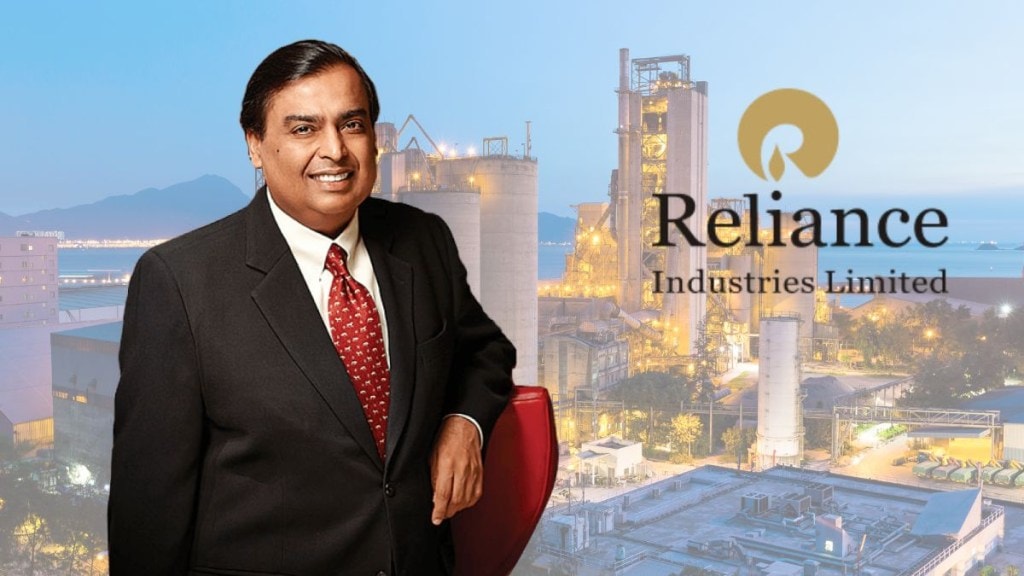Reliance Industries is the big share in focus. CLSA retained its Outperform rating on Reliance Industries. The brokerage has a target price of Rs 1,650, implying an upside of 16% from current levels.
CLSA on Reliance Industries: Watch out for AI, expansion of media, and consumer biz
The strategic areas highlighted in the annual report are AI offerings via Jio, expansion of media and consumer businesses, and integration of new energy value chains. “We will watch for any announcements on the Jio IPO, clarity on AI plans and FMCG expansion details at next week’s AGM,” said the global brokerage house CLSA. Any indications on the Jio IPO at the upcoming AGM will be a key catalyst, along with its FMCG expansion plan and clarity on its AI strategy.
The brokerage firm has raised FY26 EPS by 10% and FY27 EPS by 1% to price in a one-off gain from the sale of the Asian Paints stake.
CLSA on Reliance Industries: Advances help improve cash flow
CLSA stated that Reliance’s FY25 annual report reveals that the YoY rise in free cash flow and operating cash flow was driven by a sharp $5 billion rise in advances from oil & gas customers.
Reliance Industries’ FY25 standalone operating cashflow rose by 5% YoY to $9.4 billion due to a big $4.9 billion rise in advances from customers negated a $1.4 billion rise in core working capital and a 22% YoY fall in standalone EBITDA. This, along with higher operating cash flow at Reliance Jio, ensured a 10% YoY rise in Reliance’s consolidated operating cash flow $20.9 billion despite a 31% YoY fall in operating cash flow at Reliance Retail.
CLSA on RIL: Opex and cost capitalisation to reduce leverage
According to the report by CLSA, operating expenditure and interest cost capitalisation equated to 33% of Reliance Industries’ reported consolidated profit before tax, which may reduce operating leverage in the coming years.
An 8% YoY jump in the consol balance sheet but muted net profit pulled down consolidated FY25 RoCE and RoE by 41 and 71 basis points to 5.9% and 8.5%, respectively, even as unproductive capital work in progress fell to 17% from 23% of the balance sheet.

